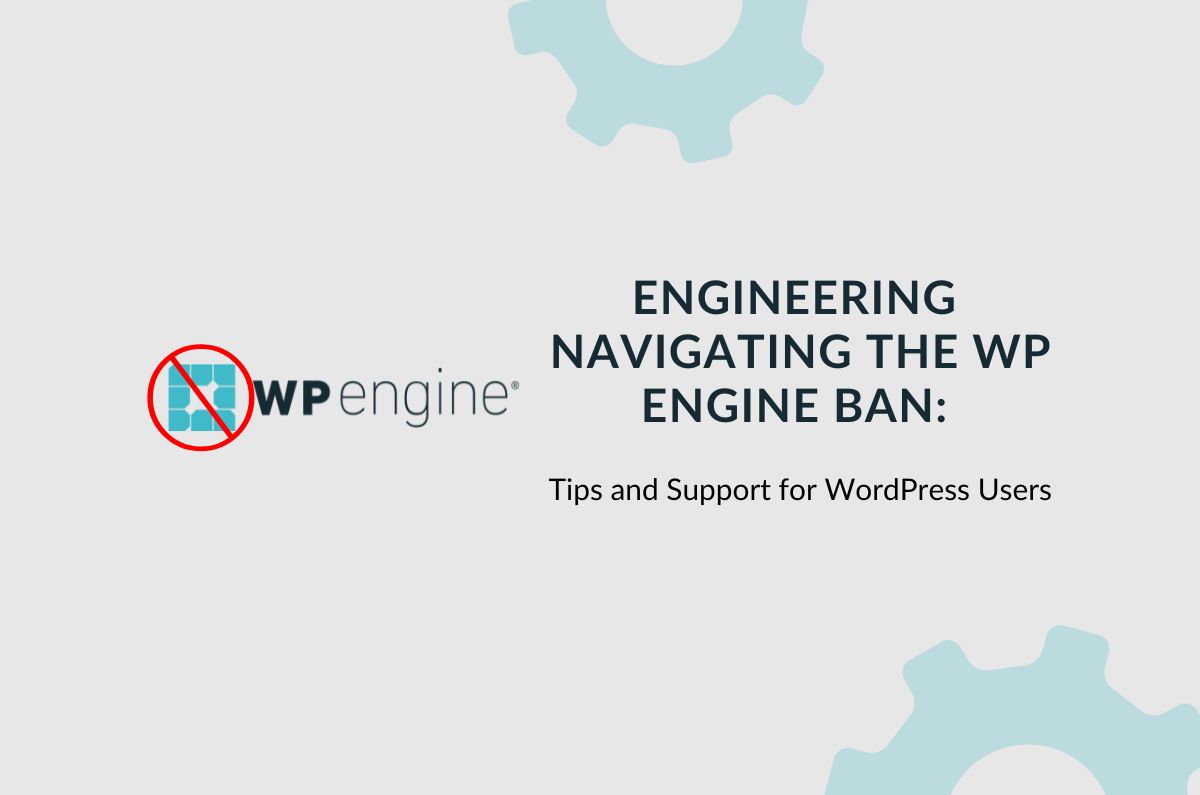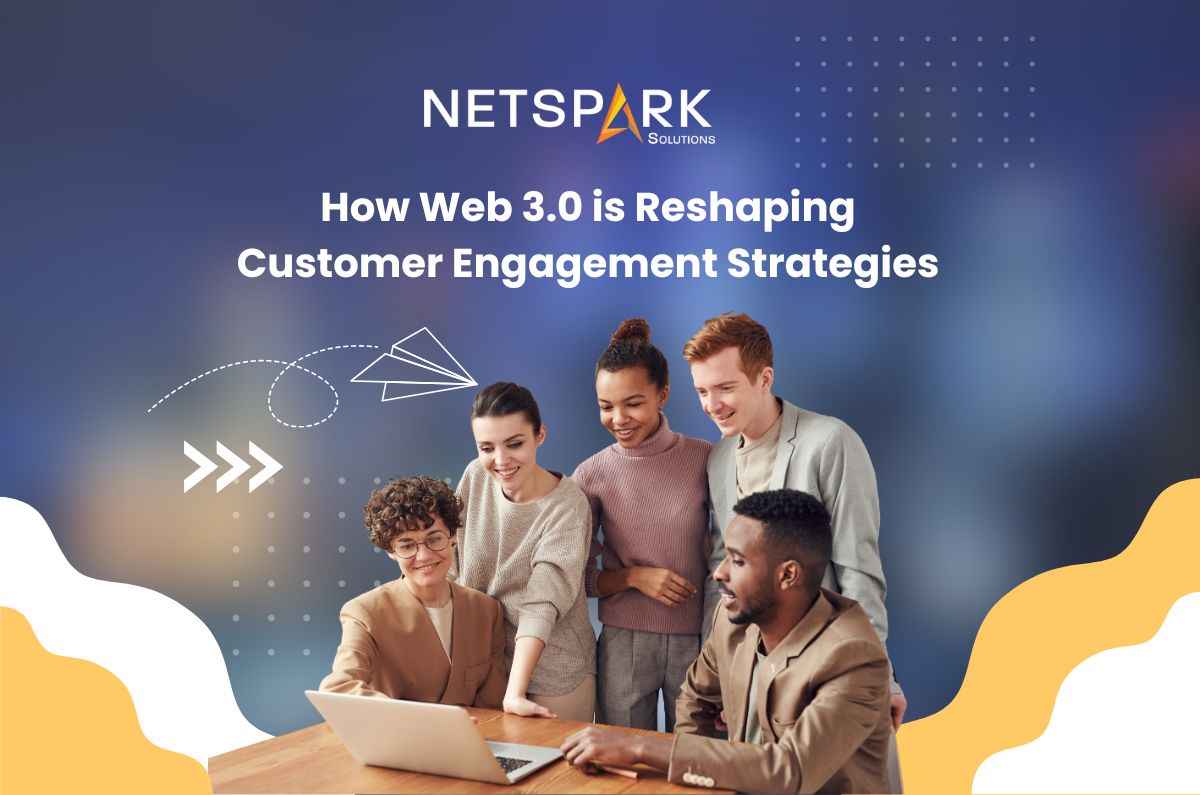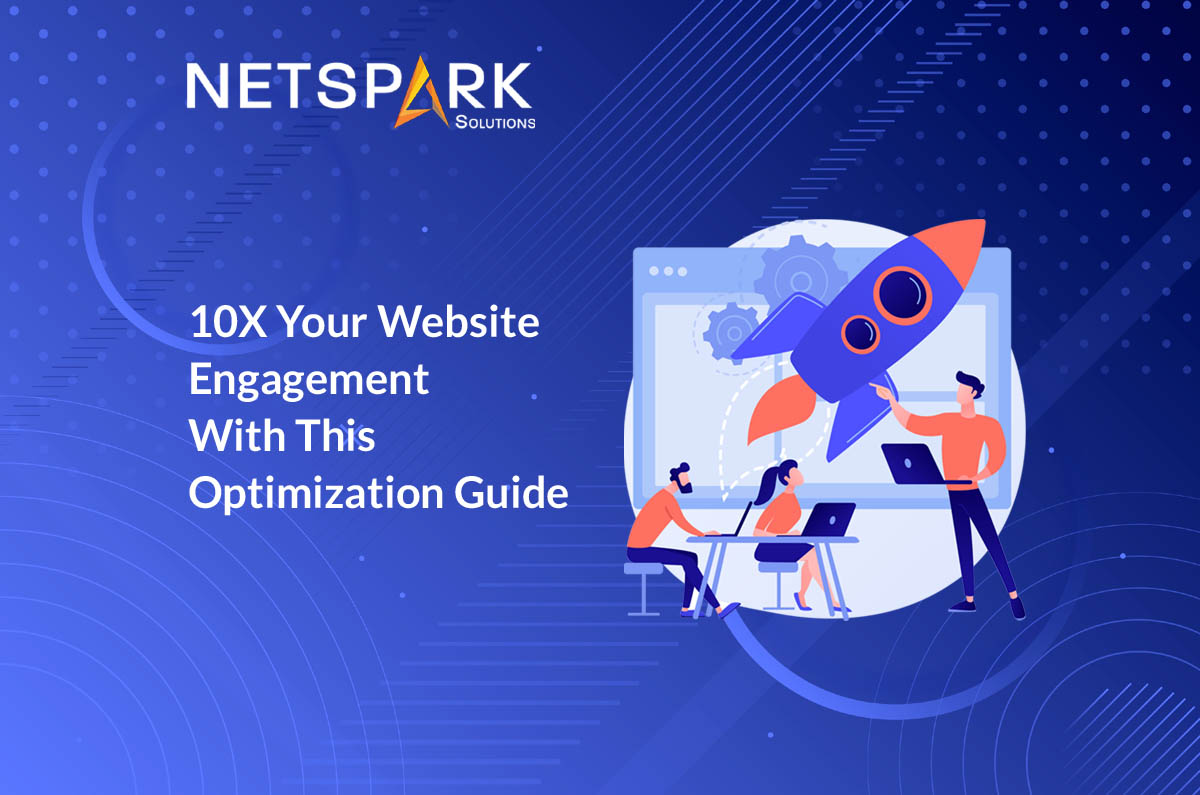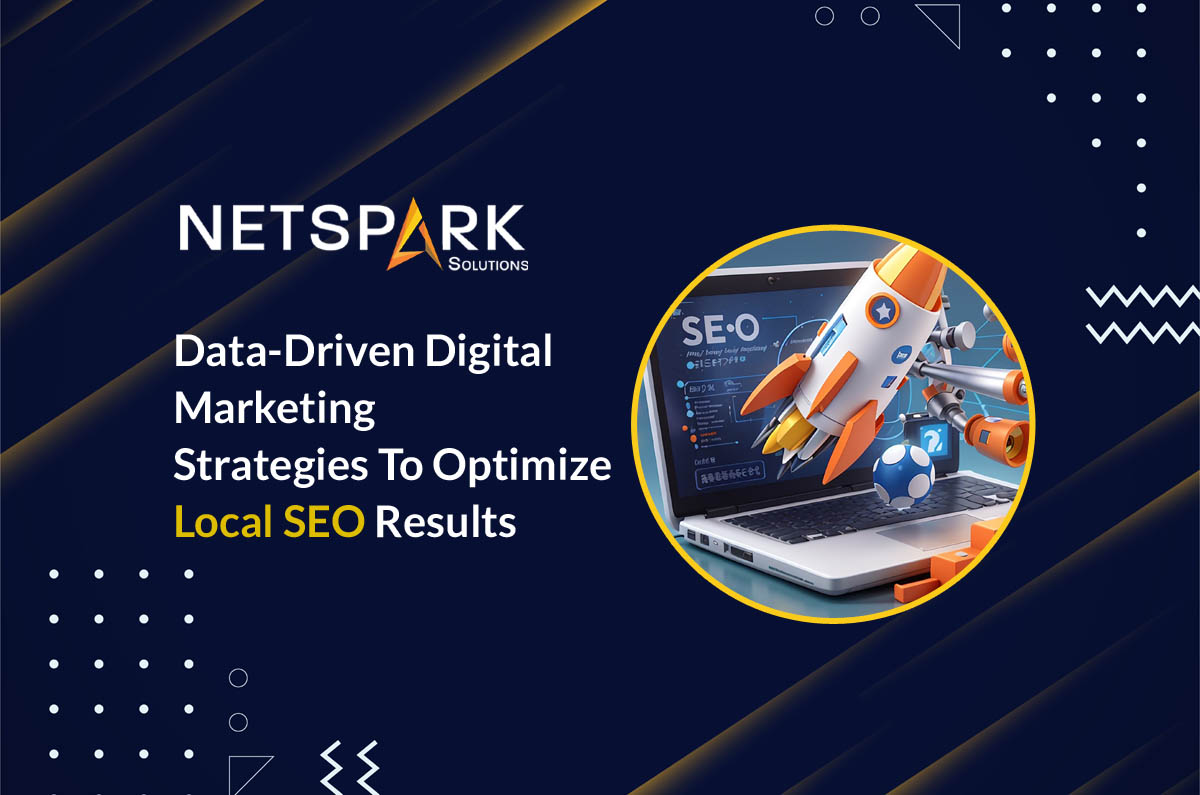There’s no arguing the fact that your website is the most crucial digital asset for your business. Without a customer-oriented website, you cannout expect to succeed in today’s digital age. However, it’s also important to understand that building a website is only first step towards surviving the digital workd. You also need a strong marketing strategy, easy-to-navigate design, and advanced feature to drive conversions and eventually accelerate overall business ROI.
While managing a business website – be it an ecommerce website or a regular web portal – it’s crucial to implement strategies that help scale ROI. In this comprehensive guide, we’ll share the most effective ways to maximize ROI and generate higher revenues with your business website.
So, without any further ado, let’s dive in.
1. Optimize User Experience (UX)
A user-centric design and advanced website functionality is the first step towards improving your ROI. Start by ensuring that the website is visually appealing, intuitive, and responsive across various devices.
Streamline navigation to enhance user flow, making it easy for visitors to find the information they seek. Implement clear calls-to-action to guide users towards desired outcomes, such as making a purchase or filling out a contact form. Optimize page loading speed to prevent user frustration and potential bounce rates.
Additionally, leverage analytics tools to gather insights into user behavior, enabling continuous improvement based on data-driven decisions. Personalize content to cater to the specific needs and preferences of the target audience, creating a more engaging and relevant experience. Regularly update and maintain the website to keep it current, secure, and aligned with evolving user expectations.
2. Content Quality and Relevance
Even in today’s AI-driven world, content quality plays a vital role in generating leads, increasing conversions, and boosting ROI. High-quality content not only engages visitors but also establishes credibility and trust with the audience. Relevant and valuable content meets the needs and interests of the target audience, increasing the likelihood of user satisfaction and retention.
Moreover, search engines prioritize content quality and relevance when ranking websites, impacting their visibility in search results. Well-crafted, informative, and authoritative content can improve a website’s search engine optimization (SEO), driving organic traffic and attracting potential customers. This increased visibility enhances the chances of converting website visits into tangible business outcomes, such as lead generation or sales.
Relevant content speaks directly to the concerns and interests of the audience, fostering a deeper connection with the brand. Visitors are more likely to engage with content that addresses their specific needs, questions, or challenges. This engagement can lead to longer time spent on the site, reduced bounce rates, and increased likelihood of conversion.
3. Conversion Rate Optimization (CRO)
To increase business ROI, it’s important that your sales funnel actually converts customers. That’s why it’s crucial to deploy a conversion rate optimization (CRO) strategy so that you don’t miss out on any potential conversion opportunities. Higher CRO maximizes the percentage of website visitors who take desired actions, such as making a purchase, filling out a form, or subscribing to a newsletter.
The primary goal of CRO is to turn more website visitors into customers. By optimizing elements like call-to-action buttons, forms, and landing pages, businesses can create a more compelling user experience that encourages visitors to take the desired actions.
Additionally, a website that is consistently optimized for conversions can gain a competitive edge. Businesses that prioritize CRO stay ahead of the curve by adapting to changing user preferences and industry trends, ultimately outperforming competitors in terms of efficiency and effectiveness.
Perform extensive data analysis and testing to identify areas for improvement. This iterative process allows businesses to make informed decisions based on real user behavior, ensuring that changes are effective in driving conversions.
4. Email Marketing Integration
Email marketing is the most renowned marketing strategy to yield positive results. However, cold emails without any personalization may not deliver the expected results – we are not in 2014. Instead, divide your email list into segments based on factors such as demographics, purchase history, or engagement levels. Tailor your emails to each segment, personalizing content and offers to make them more relevant to the recipients. Personalization increases the likelihood of engagement and conversions.
To yield better results, craft attention-grabbing subject lines and preheaders to entice recipients to open your emails. A compelling subject line increases the chances of your emails being read, driving traffic to your website.
Pro Tip: Ensure that your emails are mobile-friendly and display well on various devices. Many users check their emails on mobile devices, so a responsive design ensures a seamless transition from email to website, enhancing the user experience.
- Enhance Security and Trustworthiness
Enhancing security and trustworthiness on your website not only contributes to building a strong reputation but also plays a crucial role in increasing website ROI. Investing in security measures and building trust through transparent communication not only protects your business and its customers but also directly impacts the bottom line. Users who feel secure and trust your website are more likely to convert, engage, and become loyal customers, ultimately contributing to a higher return on investment.
First and foremost, implement an SSL certificate and enable secure transactions. An SSL certificate ensures that data exchanged between the user’s browser and your website is encrypted, making online transactions secure. This instills confidence in visitors, resulting in higher conversion rates as users are more likely to make purchases when they feel their sensitive information is protected.
You should also focus on improving credibility by improving credibility. To do so, display a variety of trust indicators – including trust indicators, such as customer testimonials, industry certifications, and recognizable secure payment options. When visitors see that others have had positive experiences or that your business is accredited, they are more likely to trust your brand and, consequently, convert into customers.
6. Social Media Integration
Integrating social media into your website can be a powerful strategy to boost your return on investment (ROI). In today’s social media dominated world, you can always leverage social media platforms to drive traffic to your website.
Here are a few ways to integrate social media into your website for increased engagement and website performance.
- Allow users to log in or register on your website using their social media accounts. This reduces friction in the sign-up process, leading to increased conversions as users find it convenient and time-saving.
- Integrate social sharing buttons on your website to encourage visitors to share your content on their social networks. This can significantly expand your content’s reach, driving more traffic to your site and increasing the likelihood of conversions.
- Display social proof such as customer reviews, testimonials, or user-generated content on your website. This content, sourced from social media, can enhance your brand’s credibility and influence purchasing decisions, ultimately contributing to increased ROI.
- Embed social media feeds on your website to display real-time updates, user-generated content, or the latest social interactions related to your brand.
7. Implement E-commerce Best Practices (If Applicable)
If you run an ecommerce store, your ROI-optimization strategy may include a few exclusive strategies – catered specifically to the particular landscape. For instance, use high-resolution images and compelling product descriptions to showcase your offerings effectively. The visual appeal and detailed information provided on product pages significantly influence purchasing decisions.
Implement prominent and clear CTAs, guiding users towards the next steps, such as “Add to Cart” or “Buy Now.” Ensure that these buttons stand out and are easily accessible to encourage swift actions.
Avoid hidden fees and display the total cost, including taxes and shipping, upfront. Transparent pricing helps build trust, reduces cart abandonment, and ensures users are not surprised by additional costs during the checkout process.
Conclusion
Maximizing the return on investment (ROI) for your business website involves a holistic approach that encompasses various elements of design, functionality, and strategic marketing. Prioritizing a user-centric design, optimizing content for relevance and quality, and incorporating secure and trustworthy elements build a strong foundation for positive user experiences. Remember, the digital landscape is dynamic, so staying adaptable and responsive to emerging trends and user preferences is crucial for maintaining and enhancing your website’s ROI over time.











